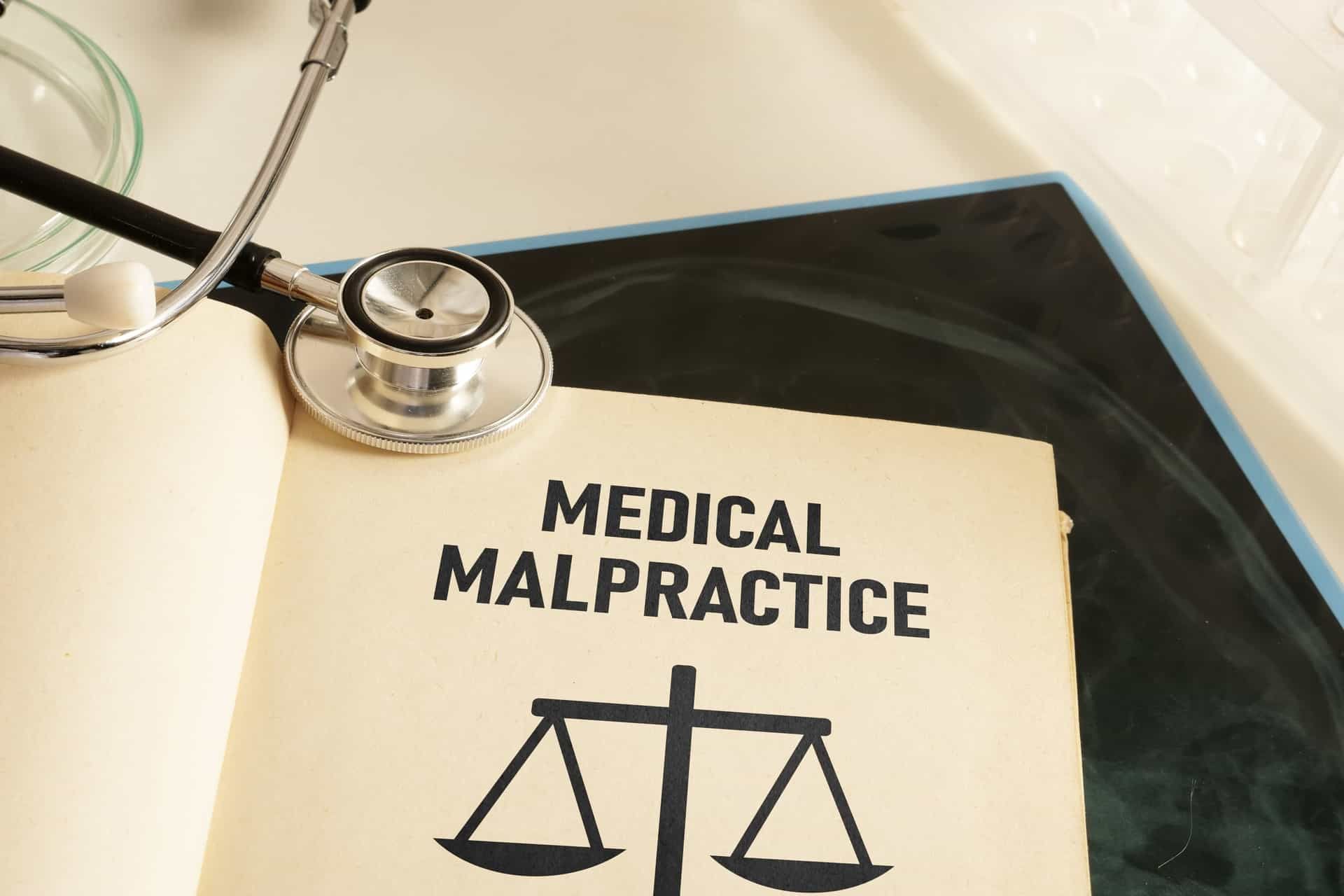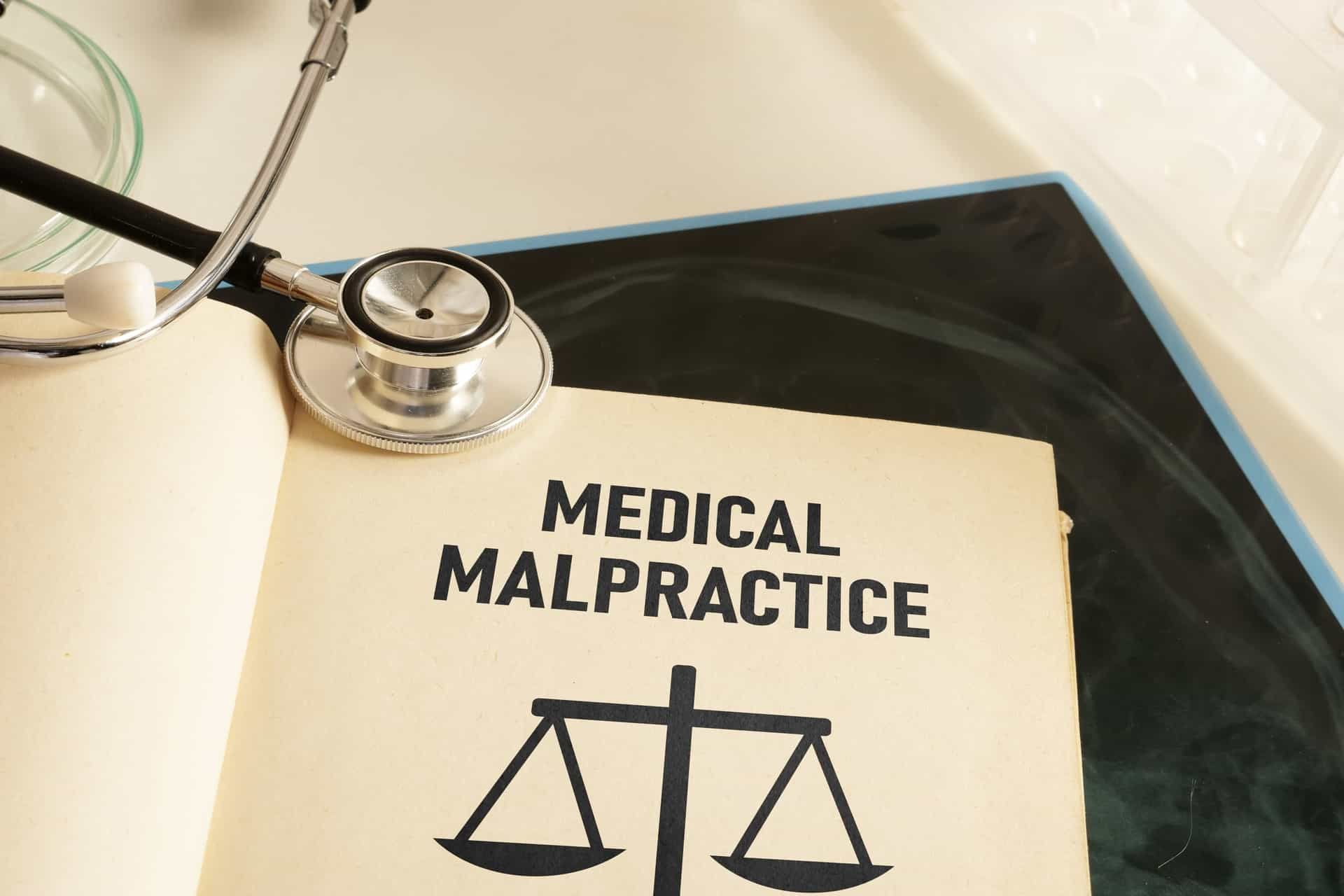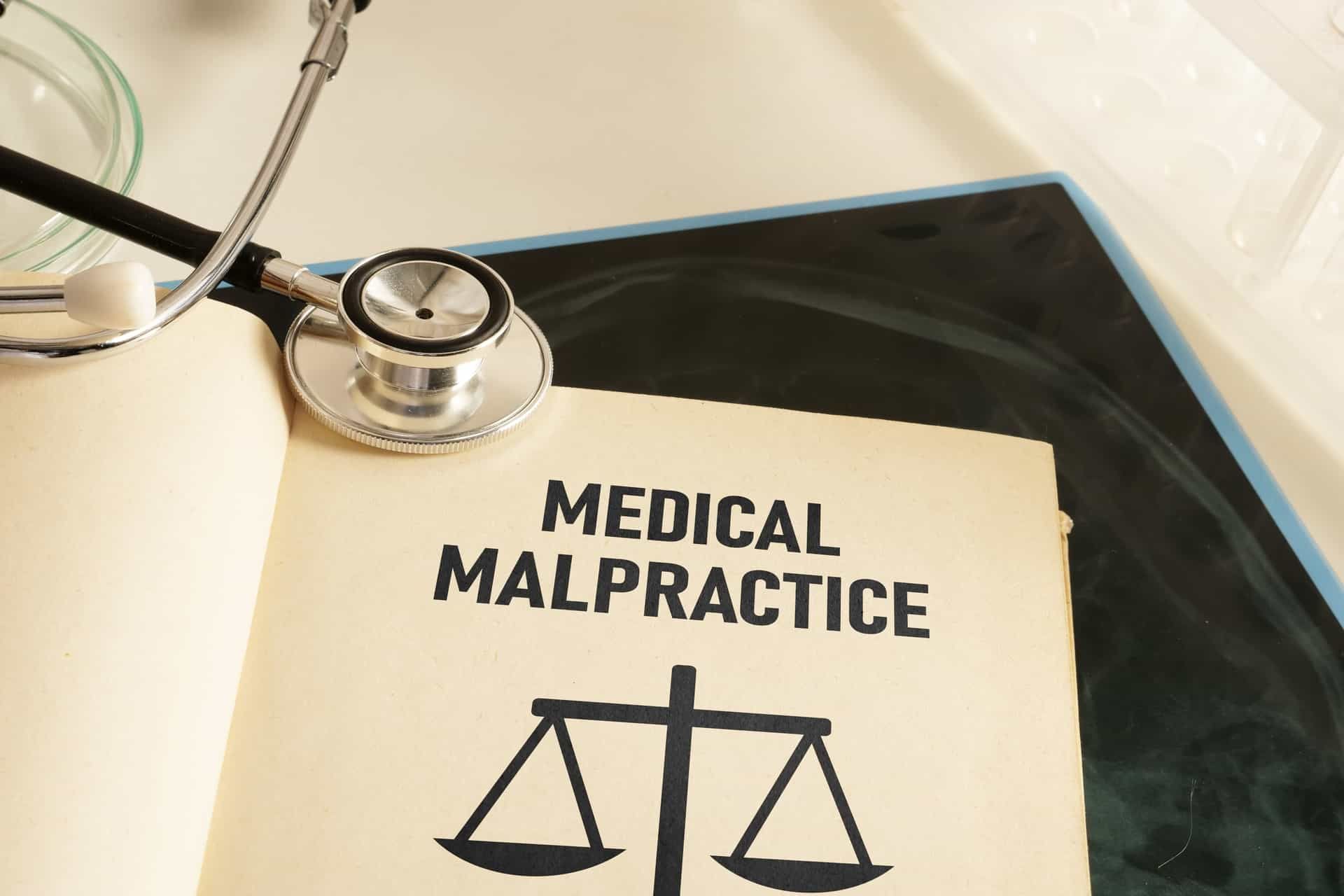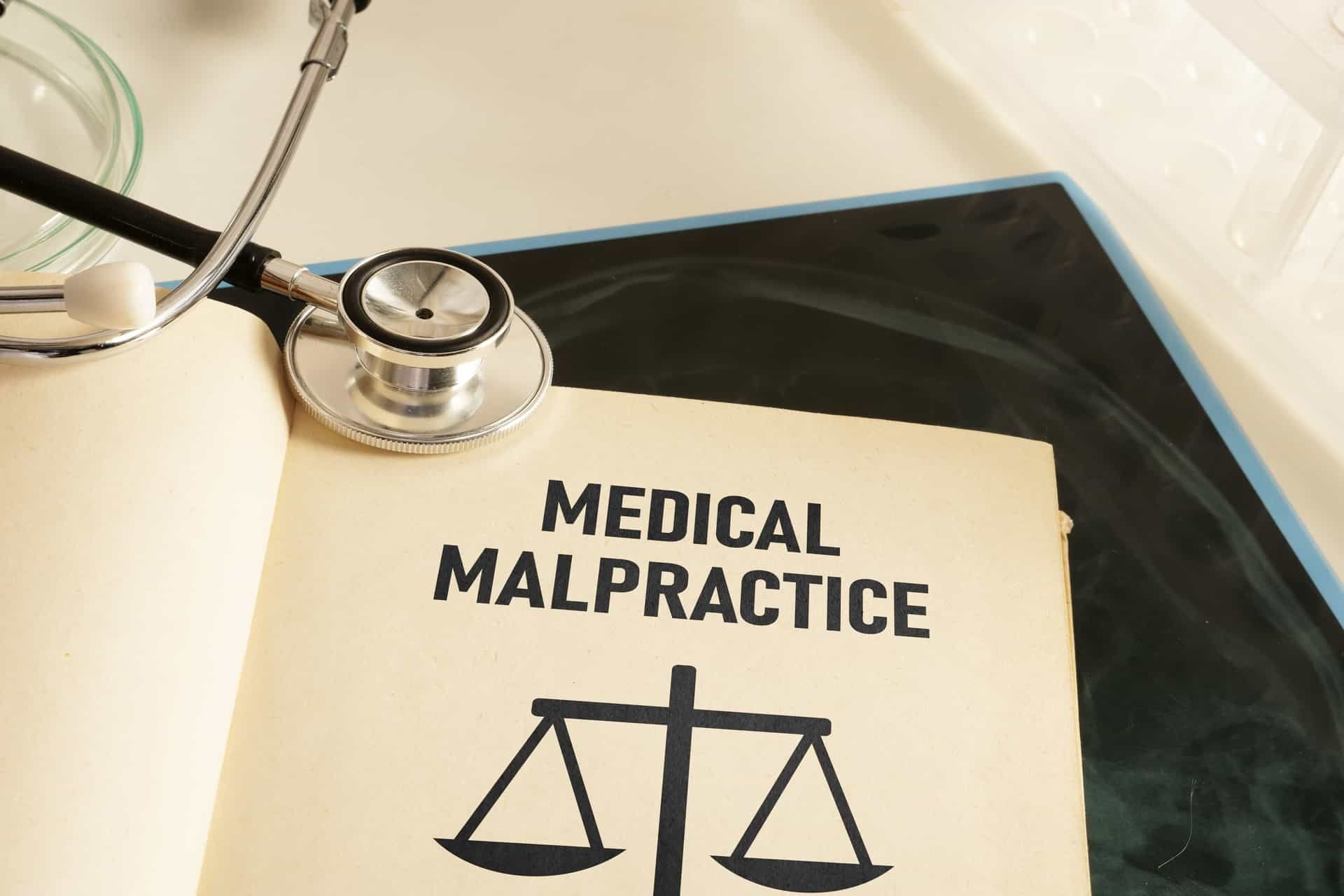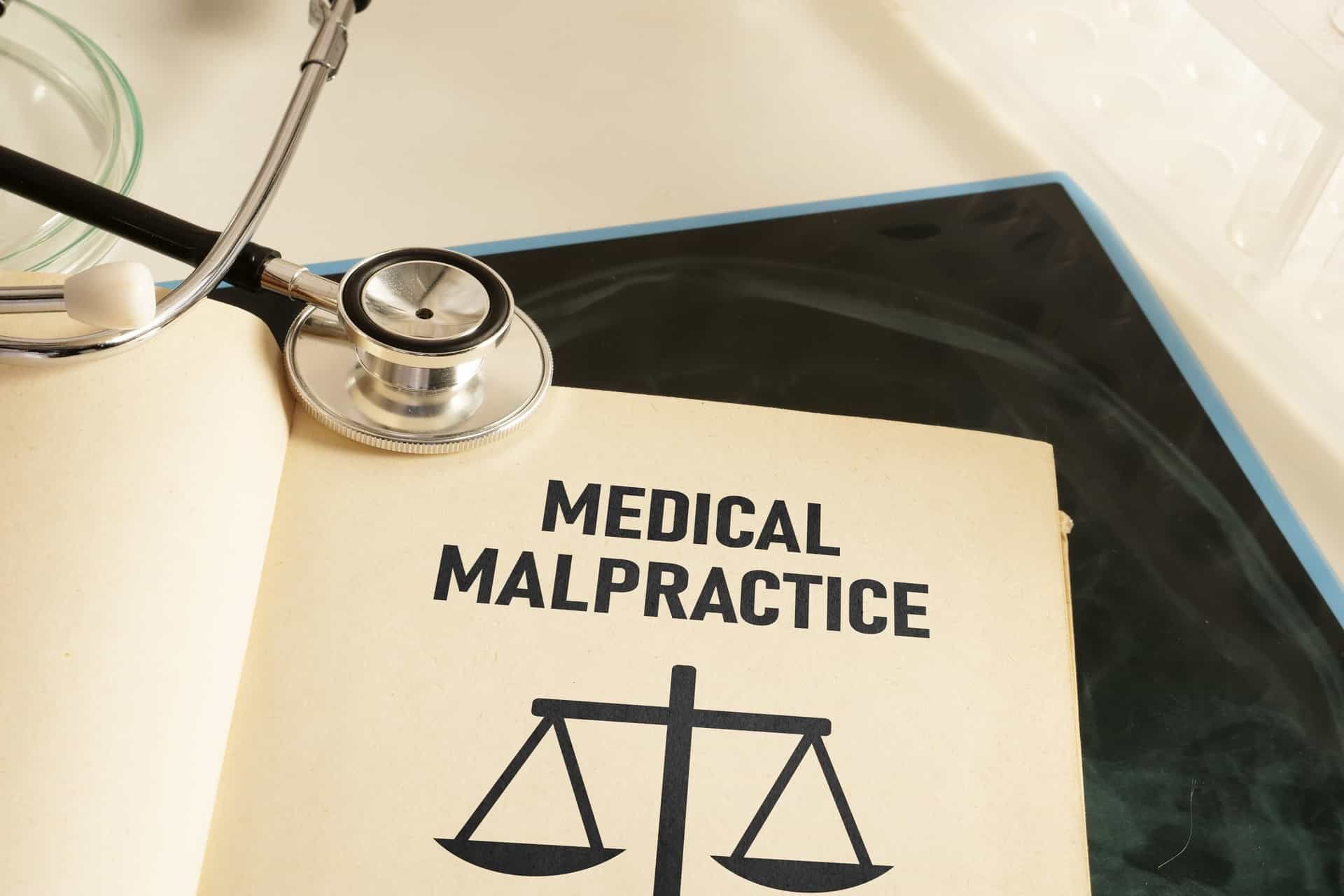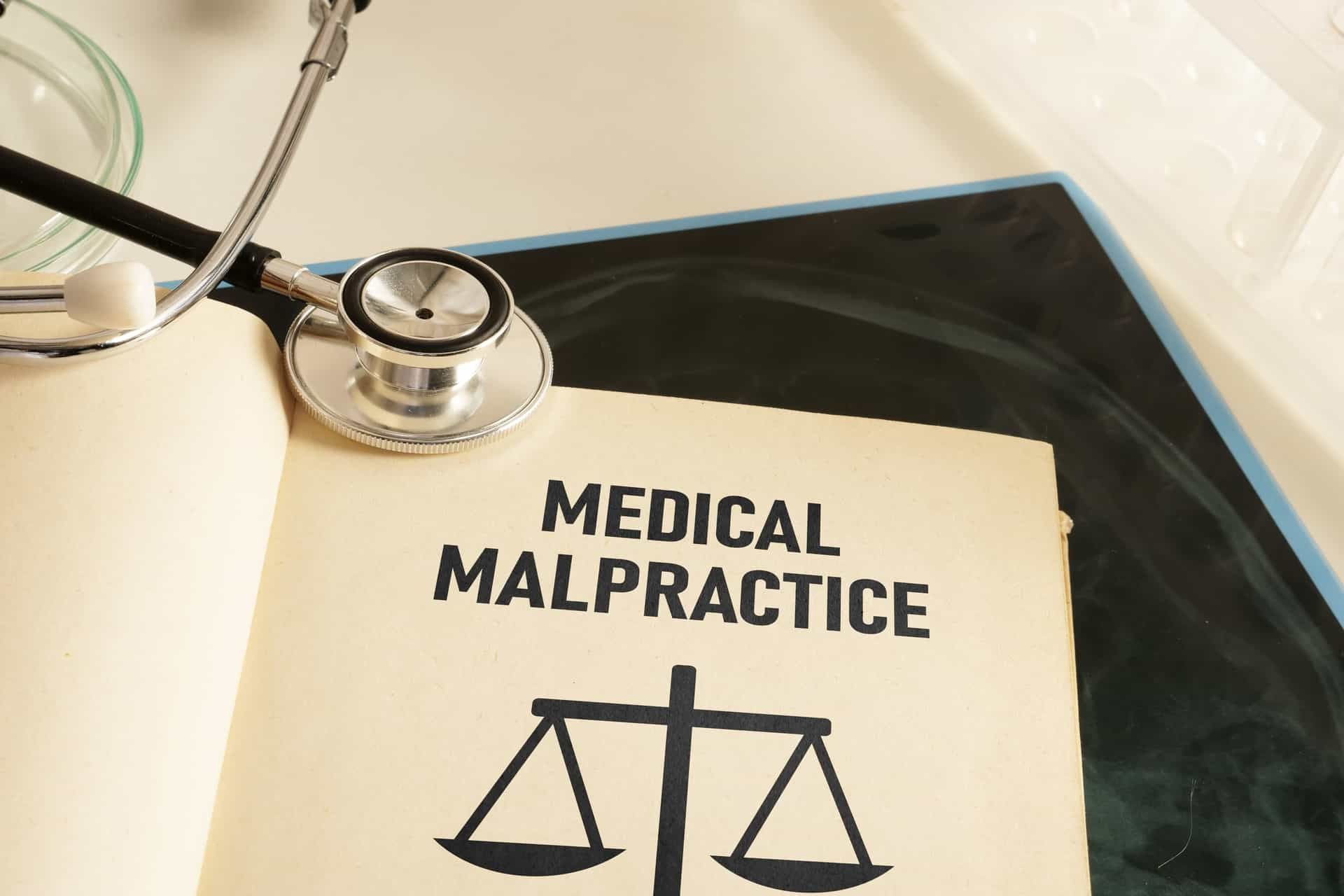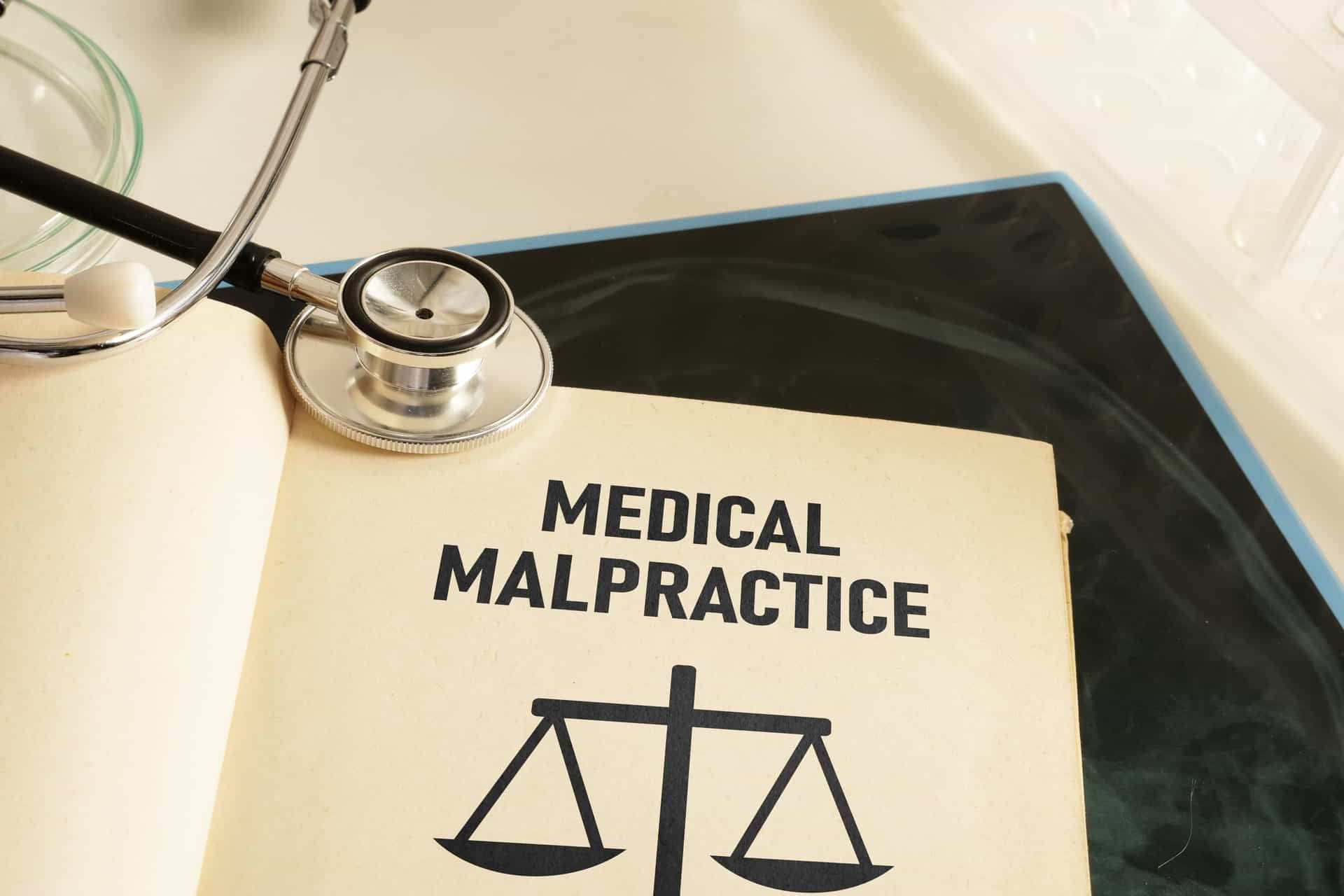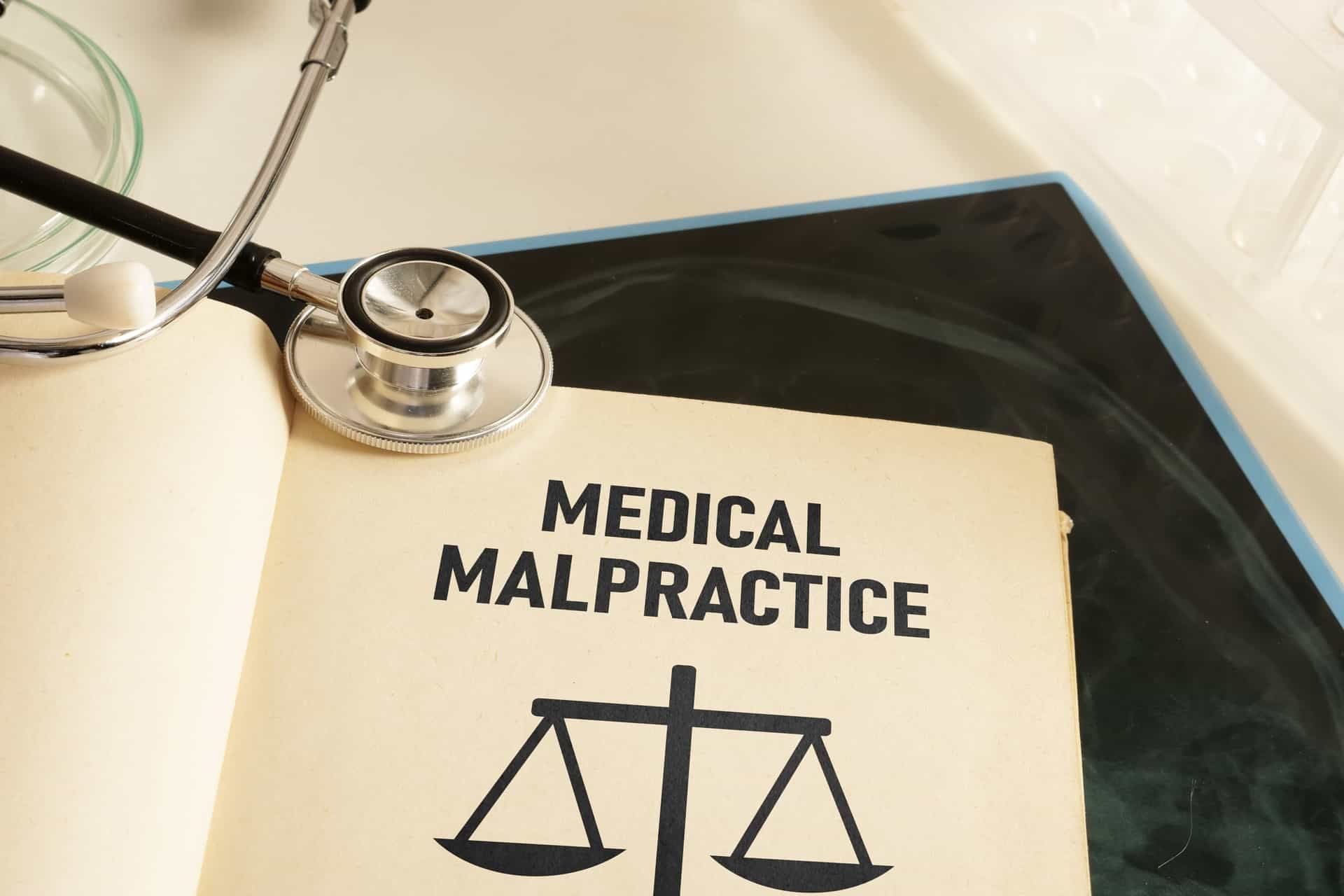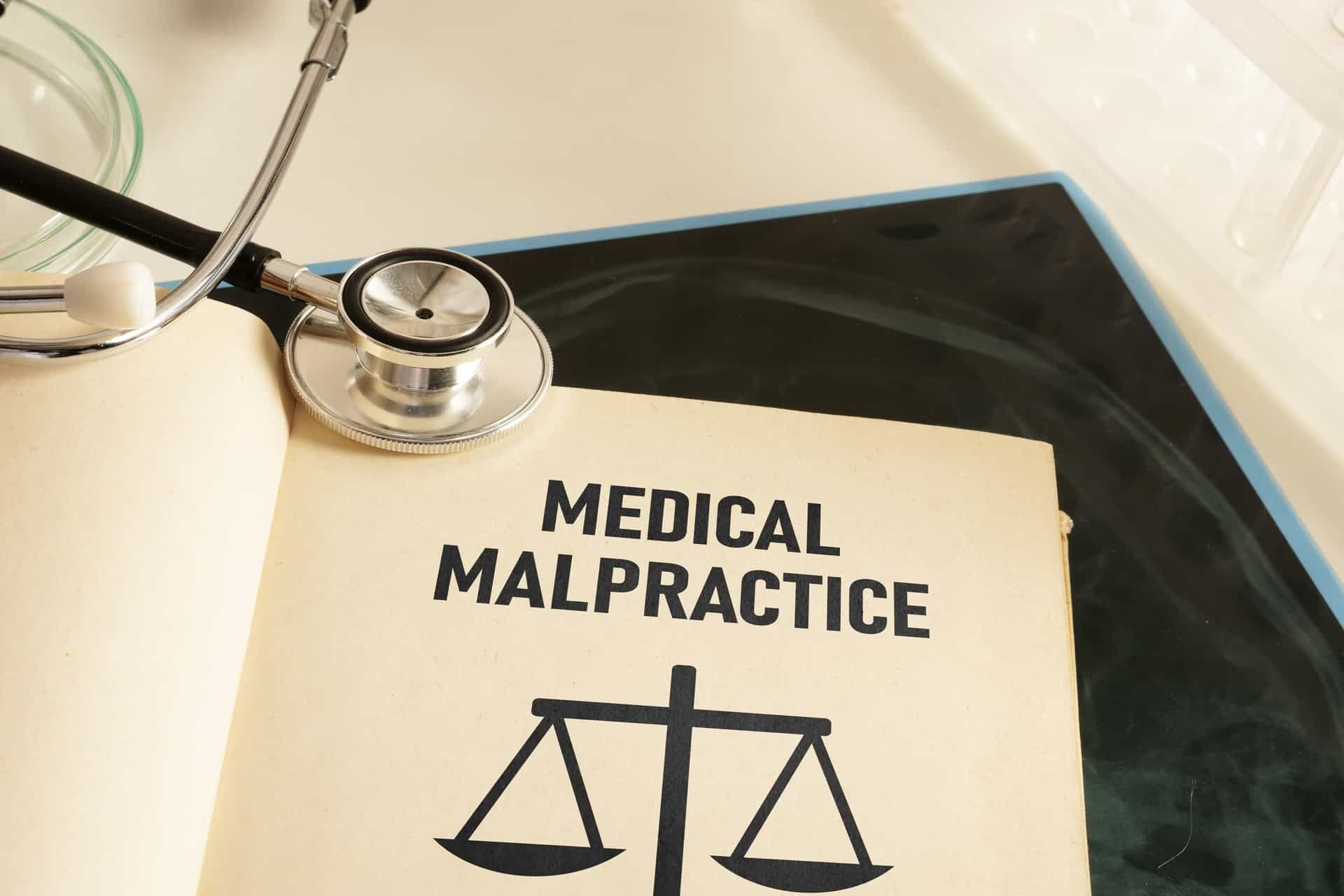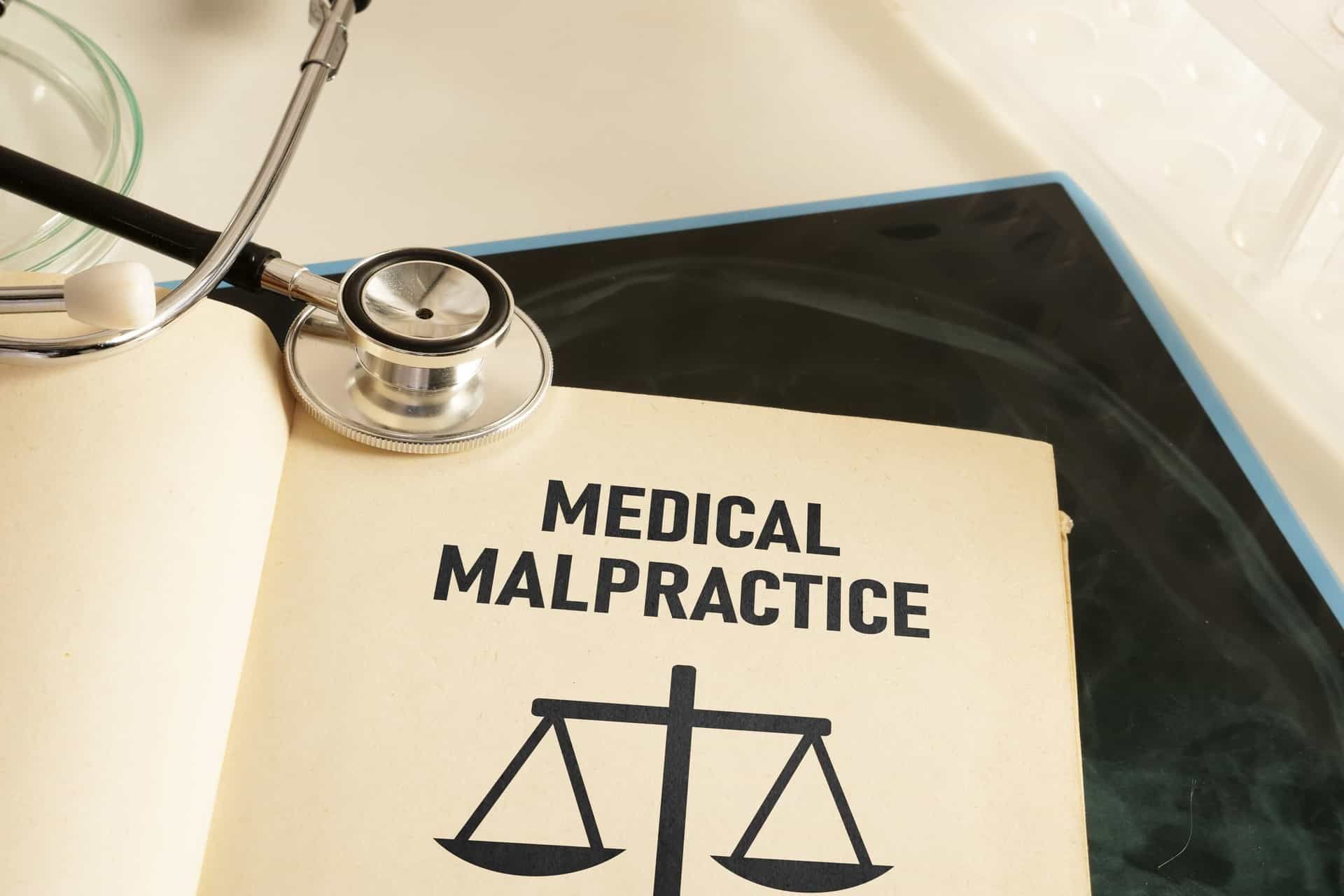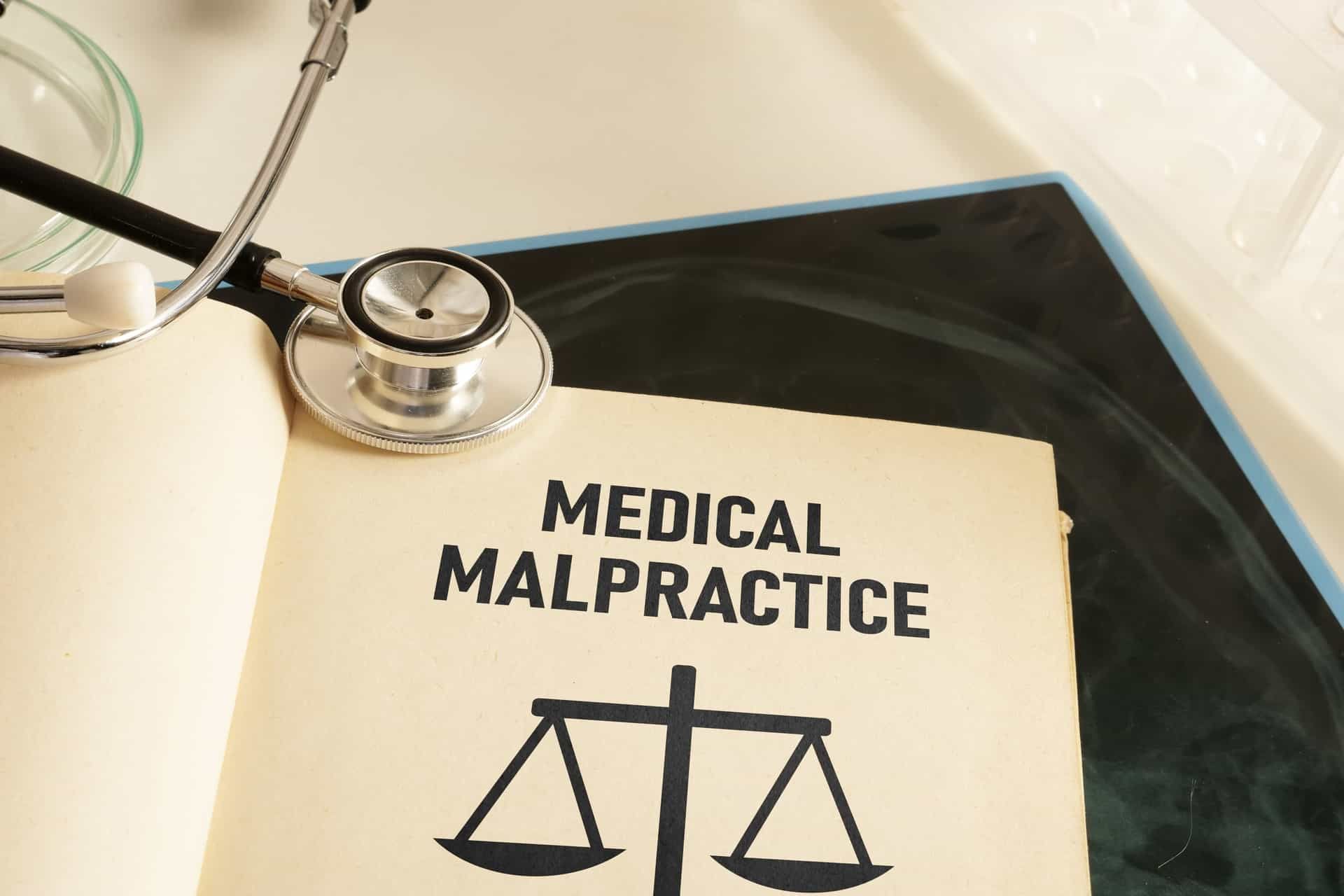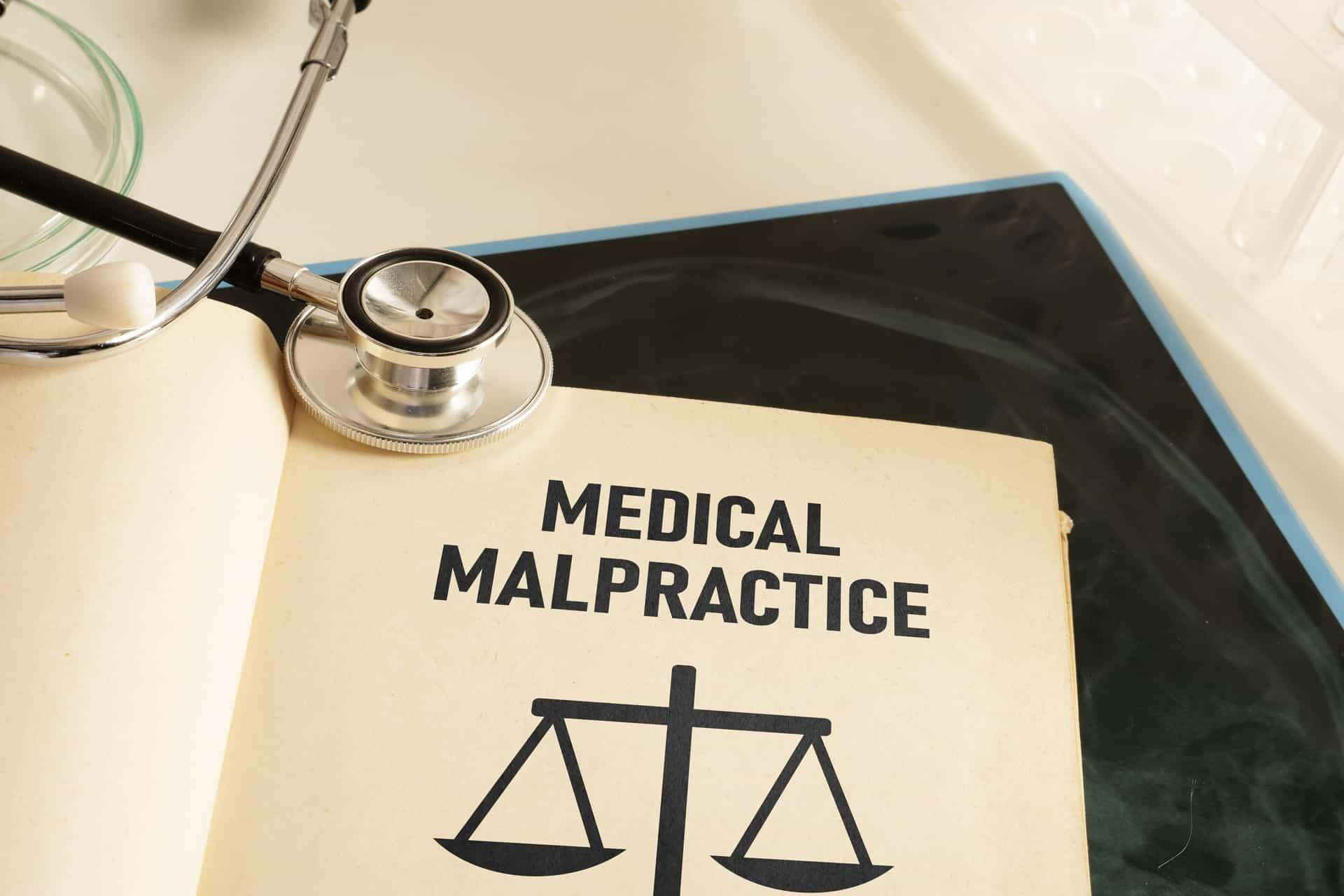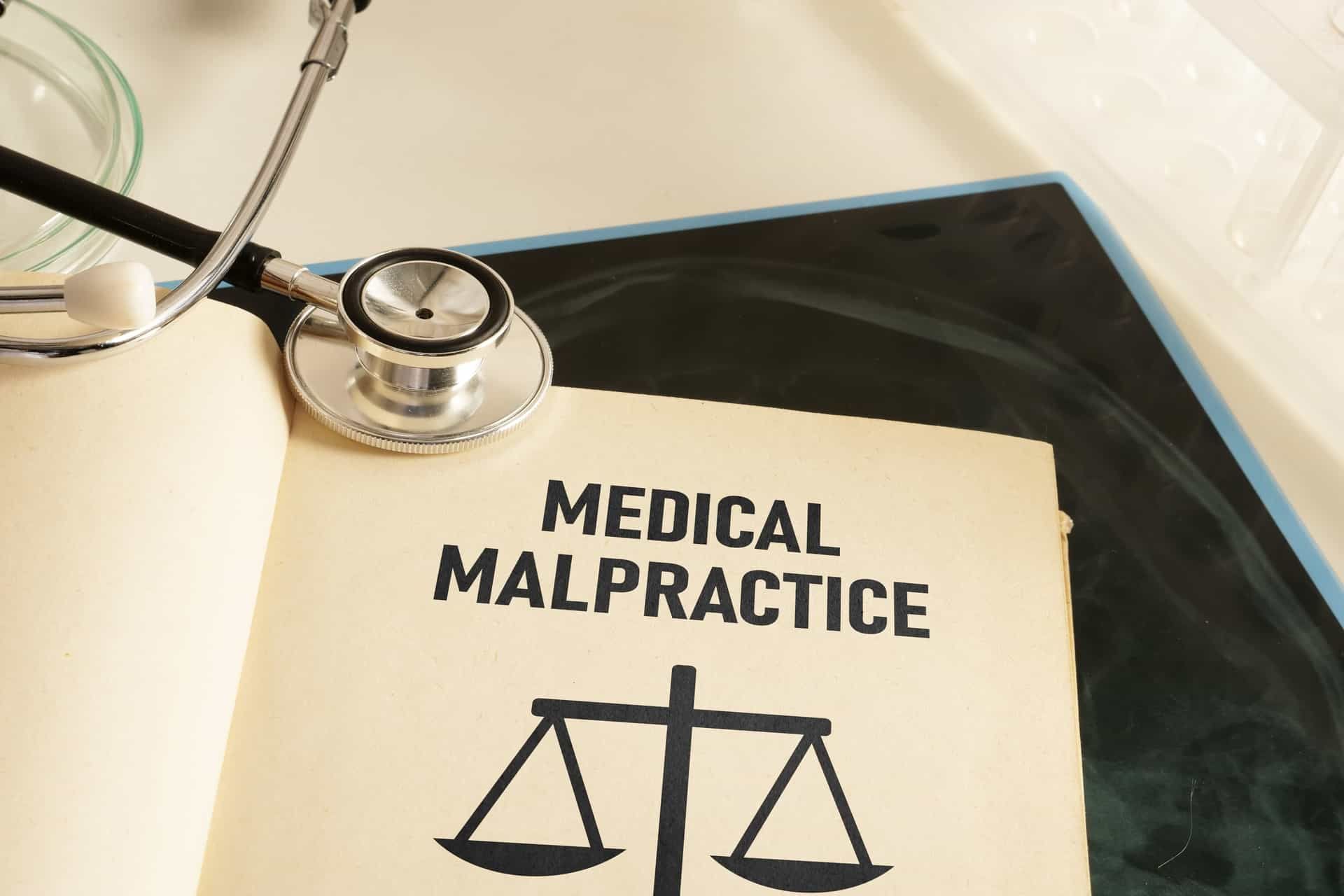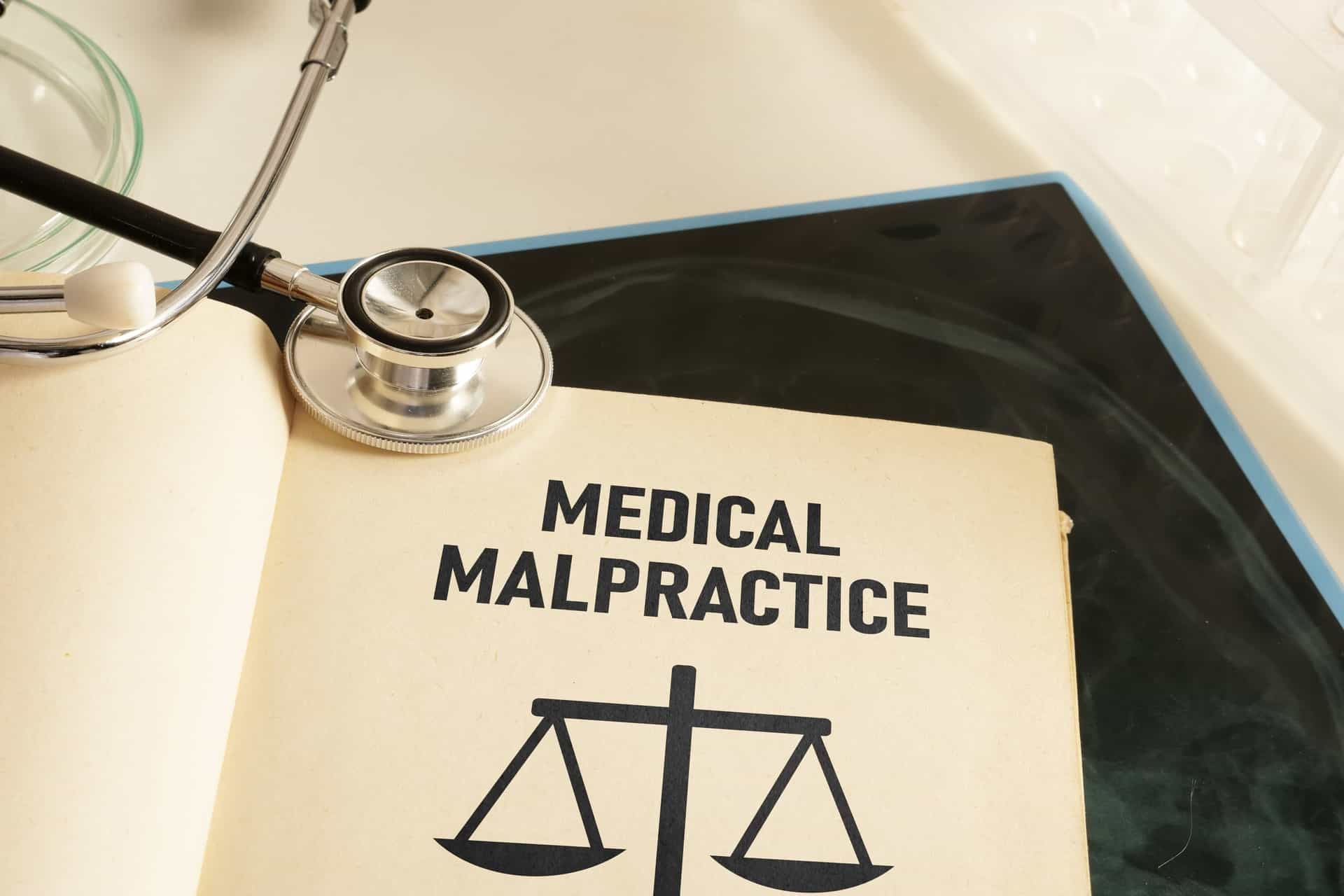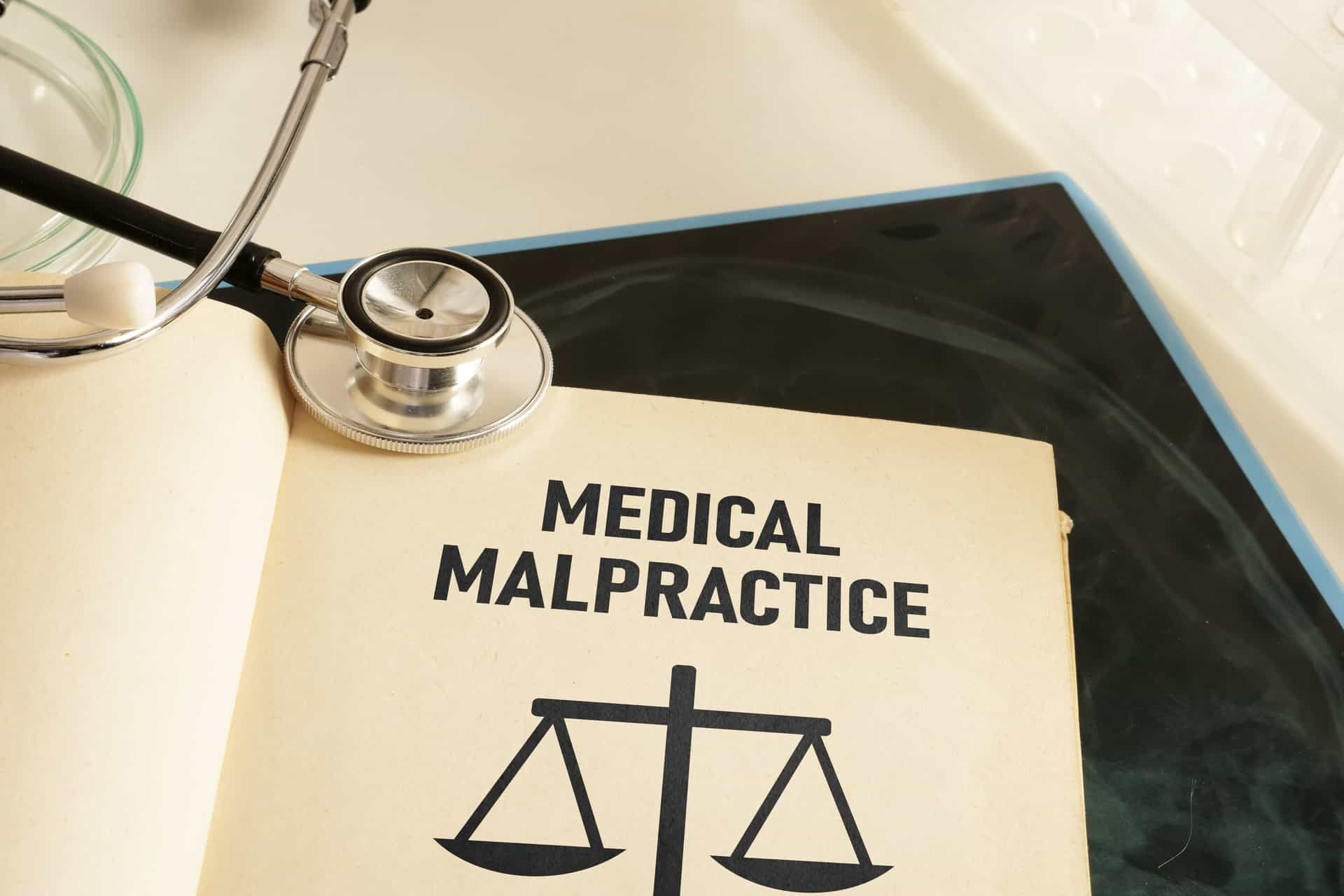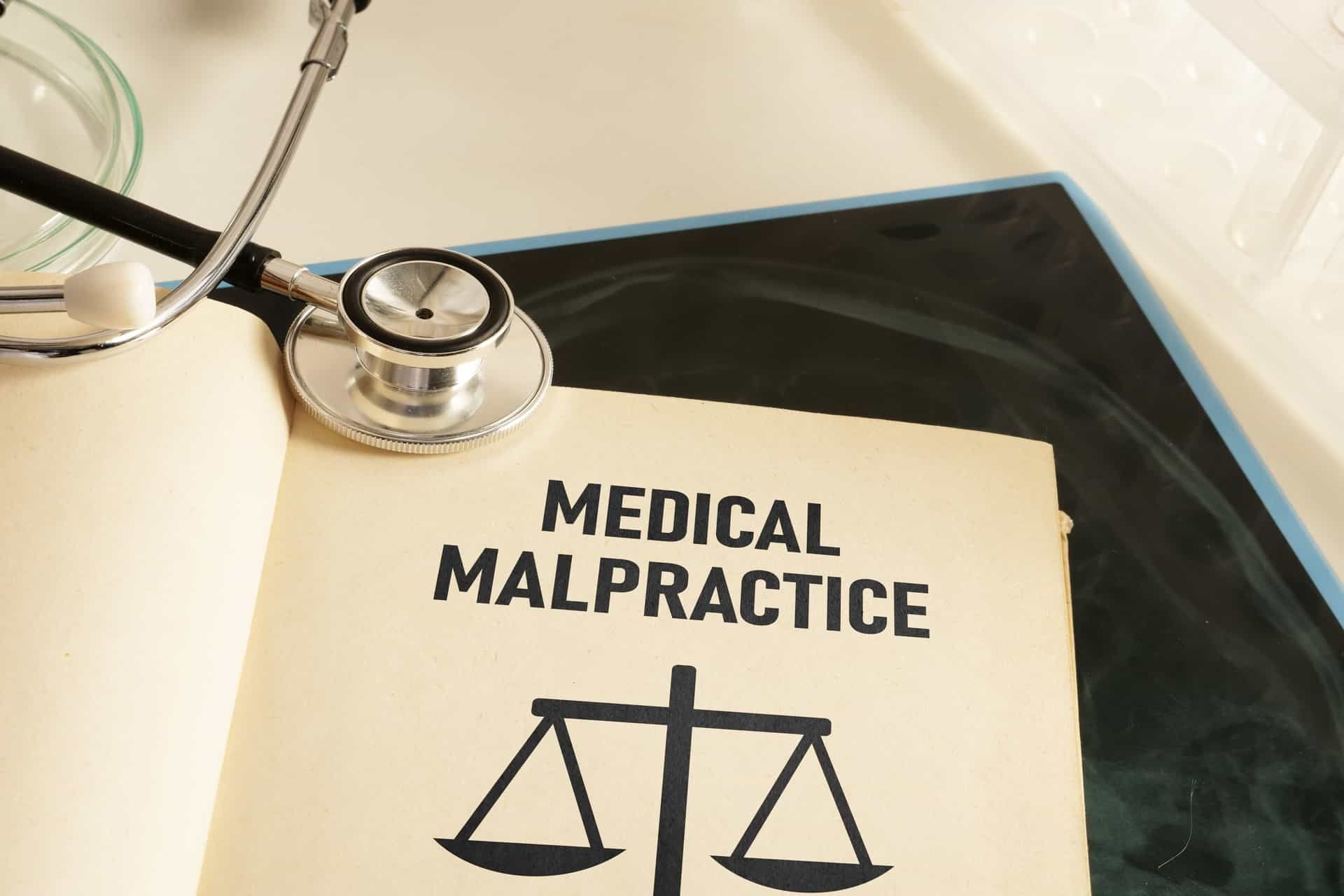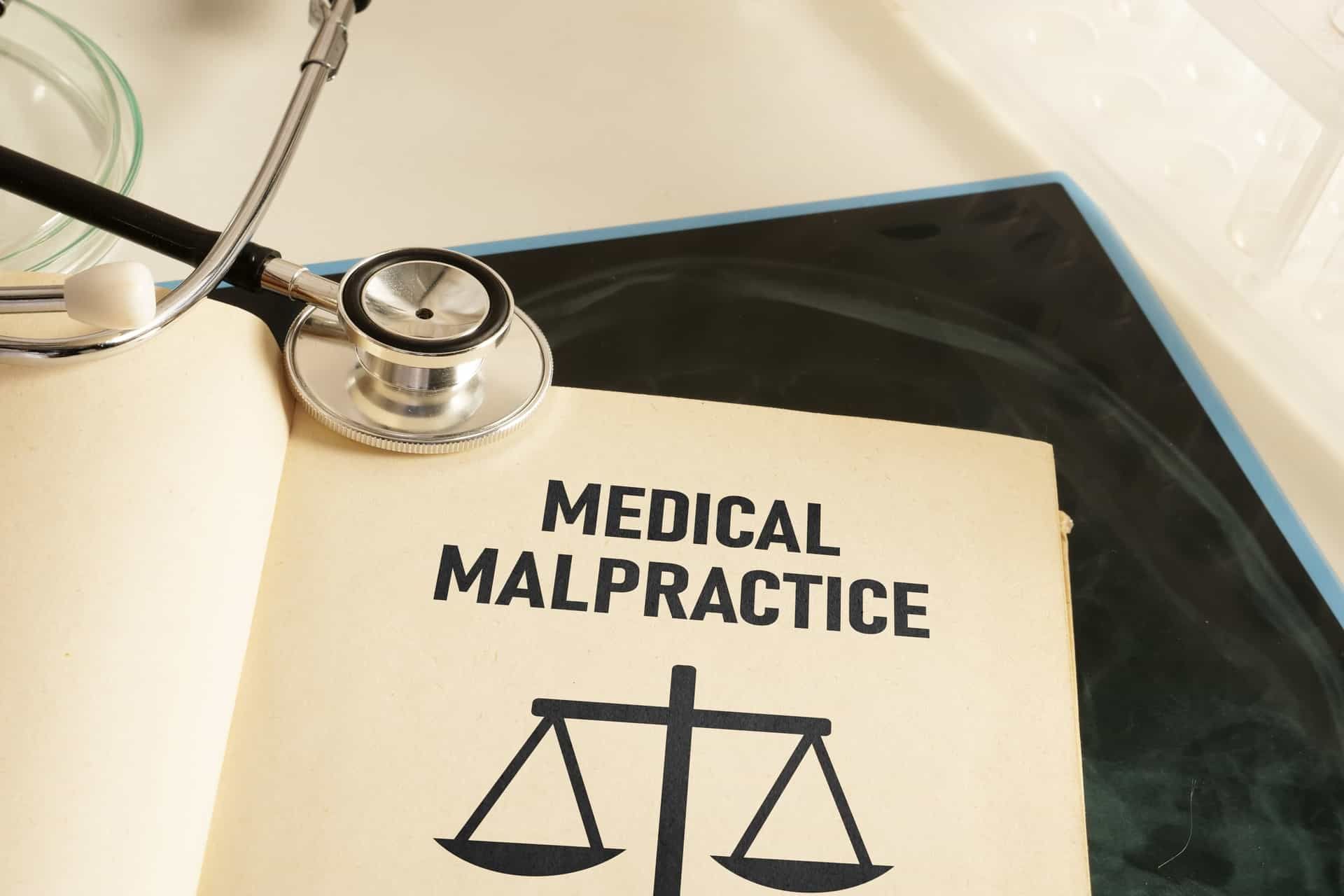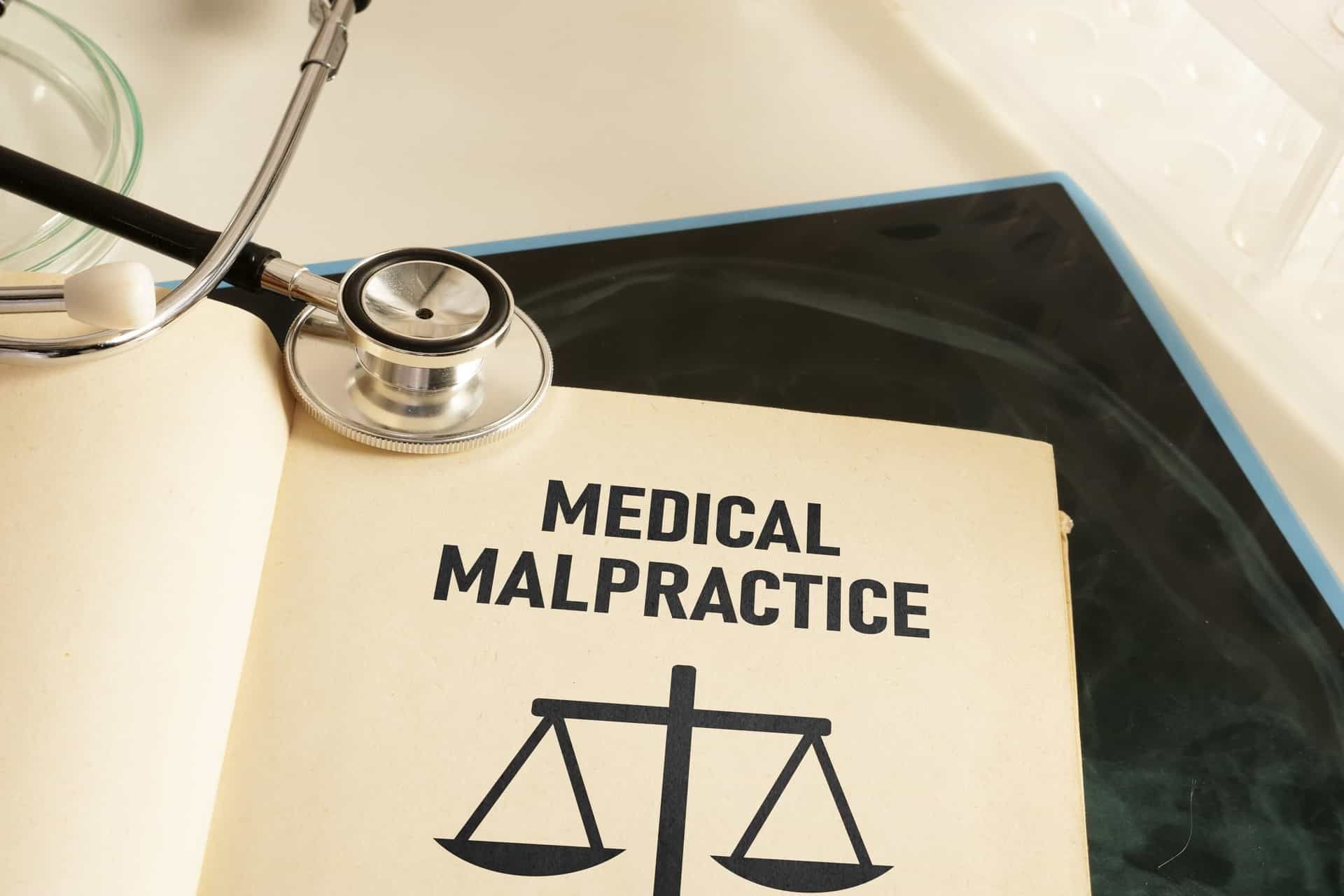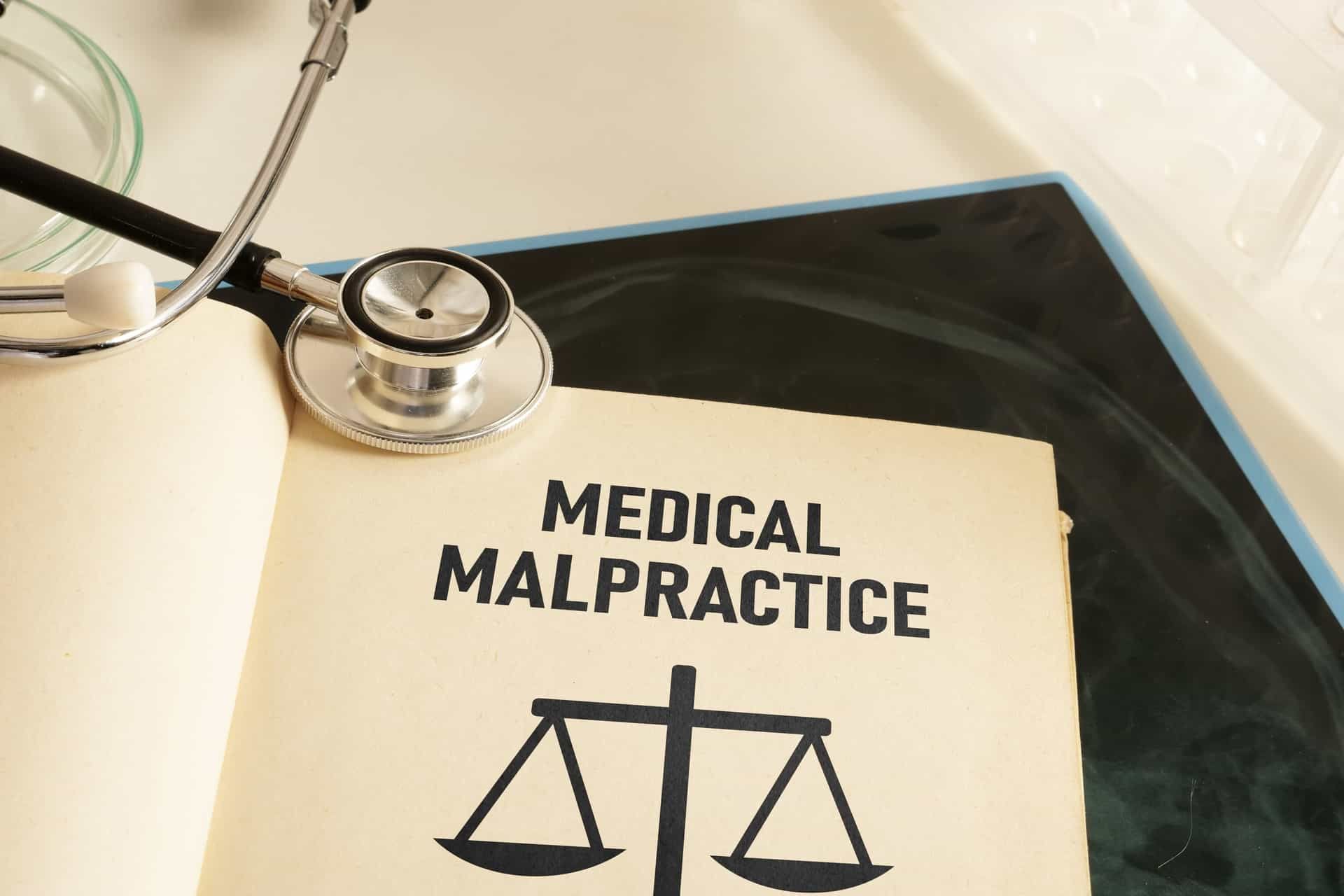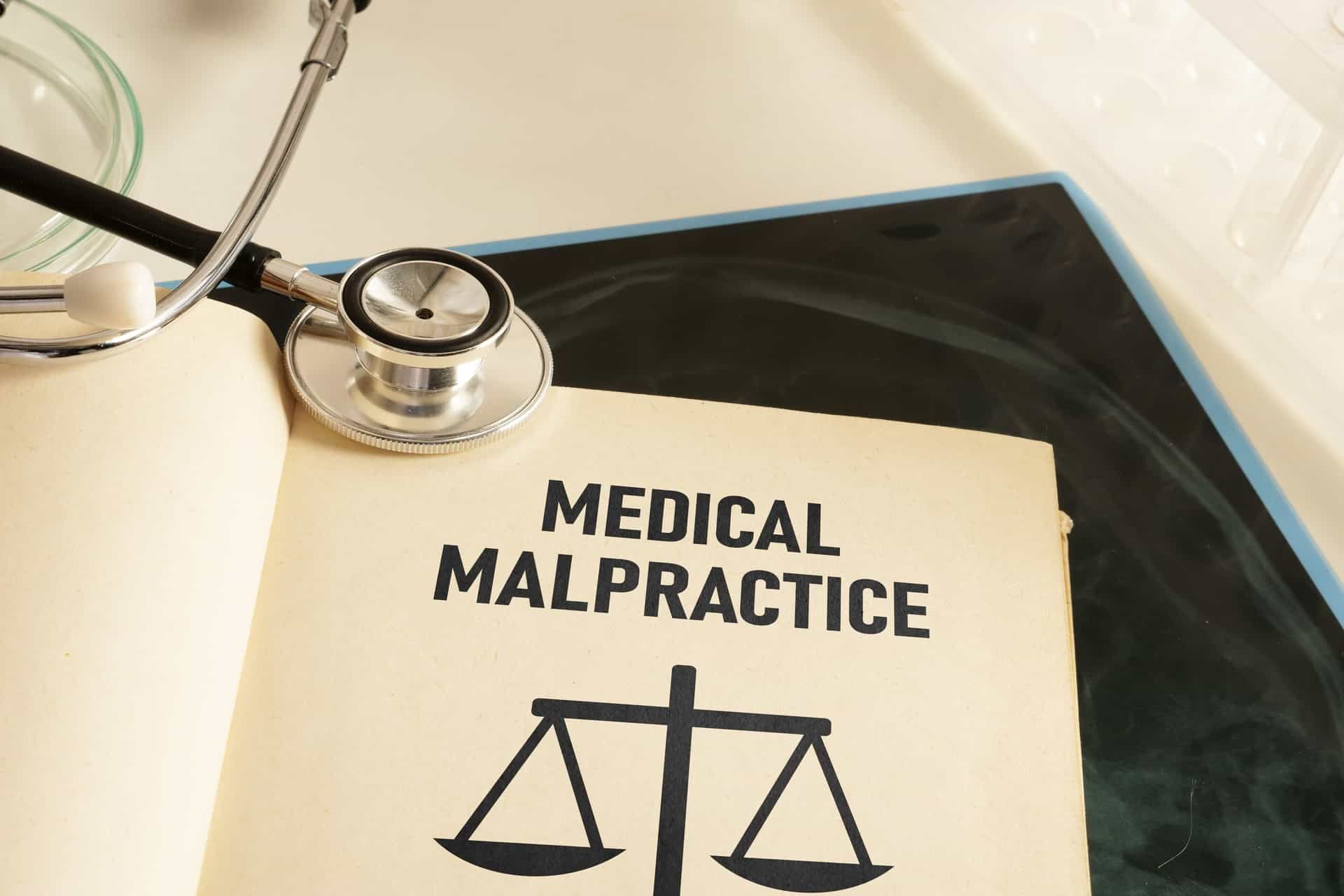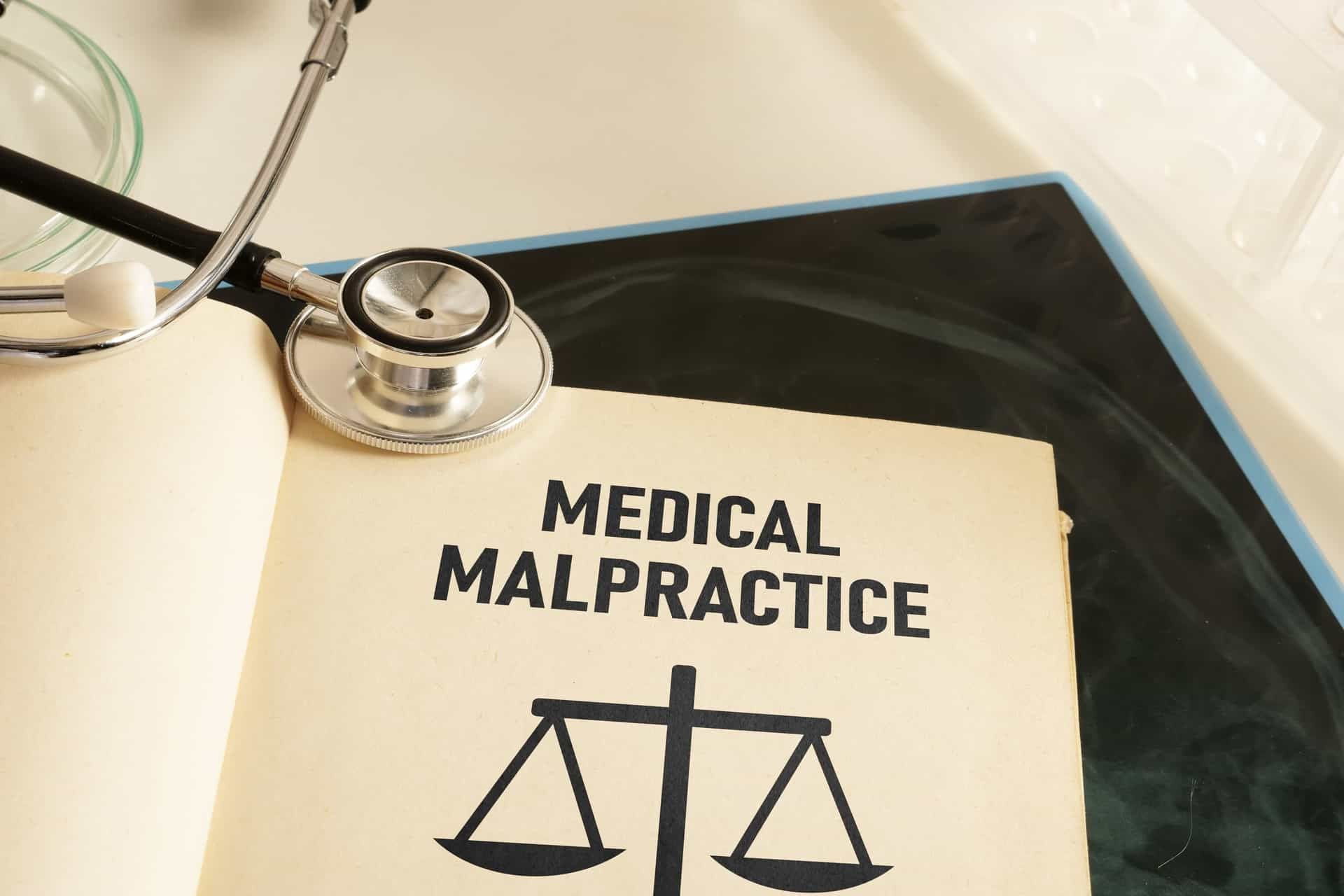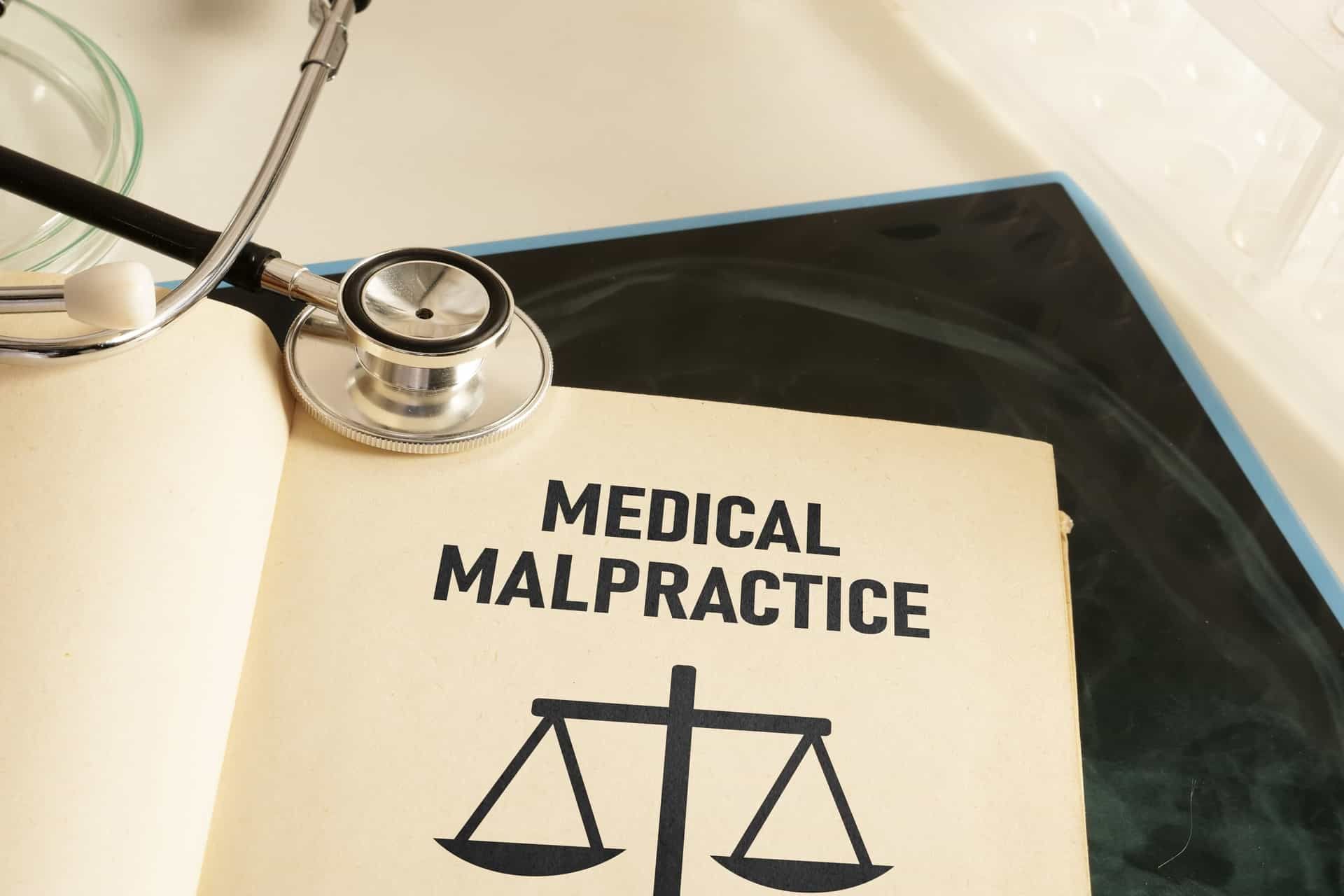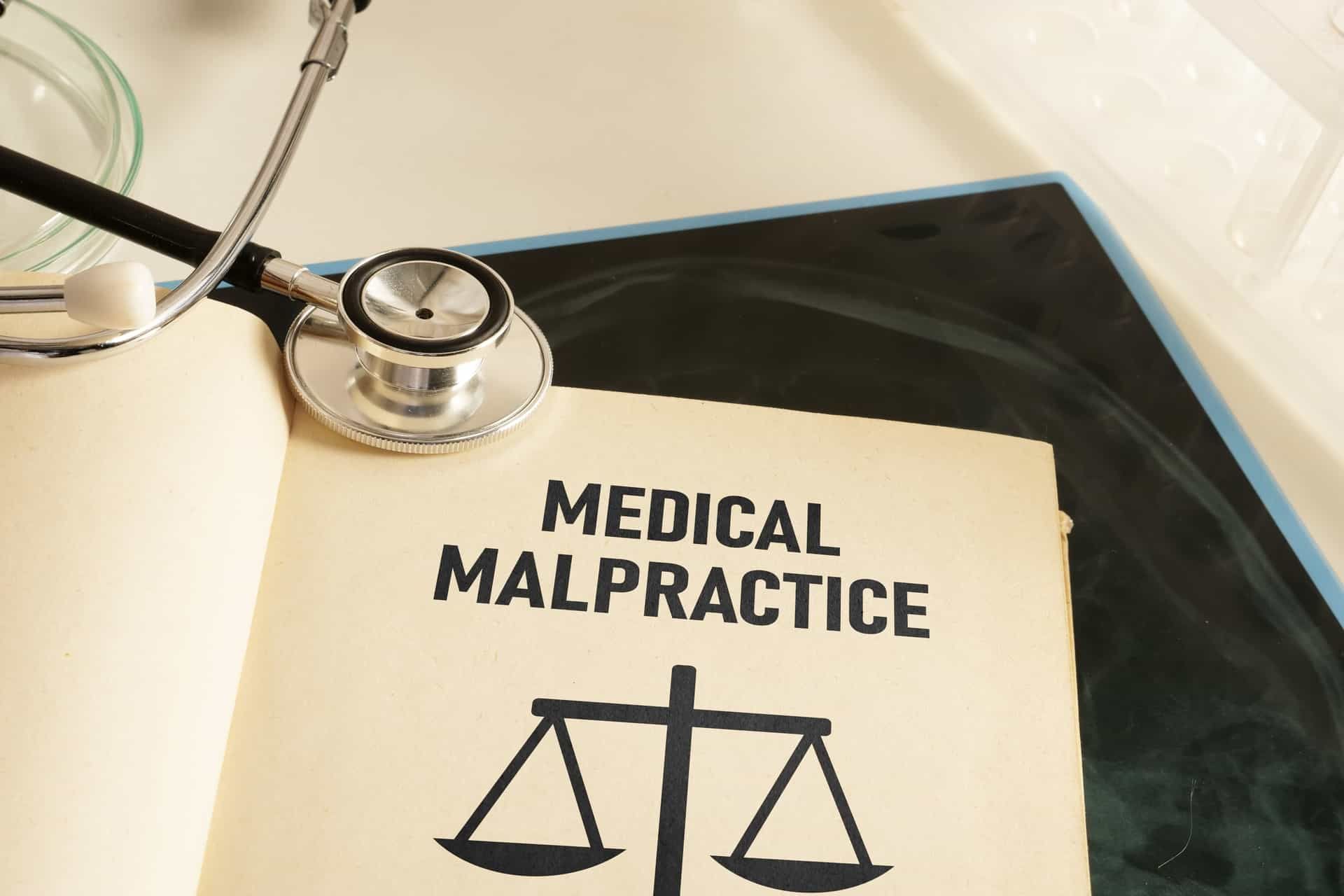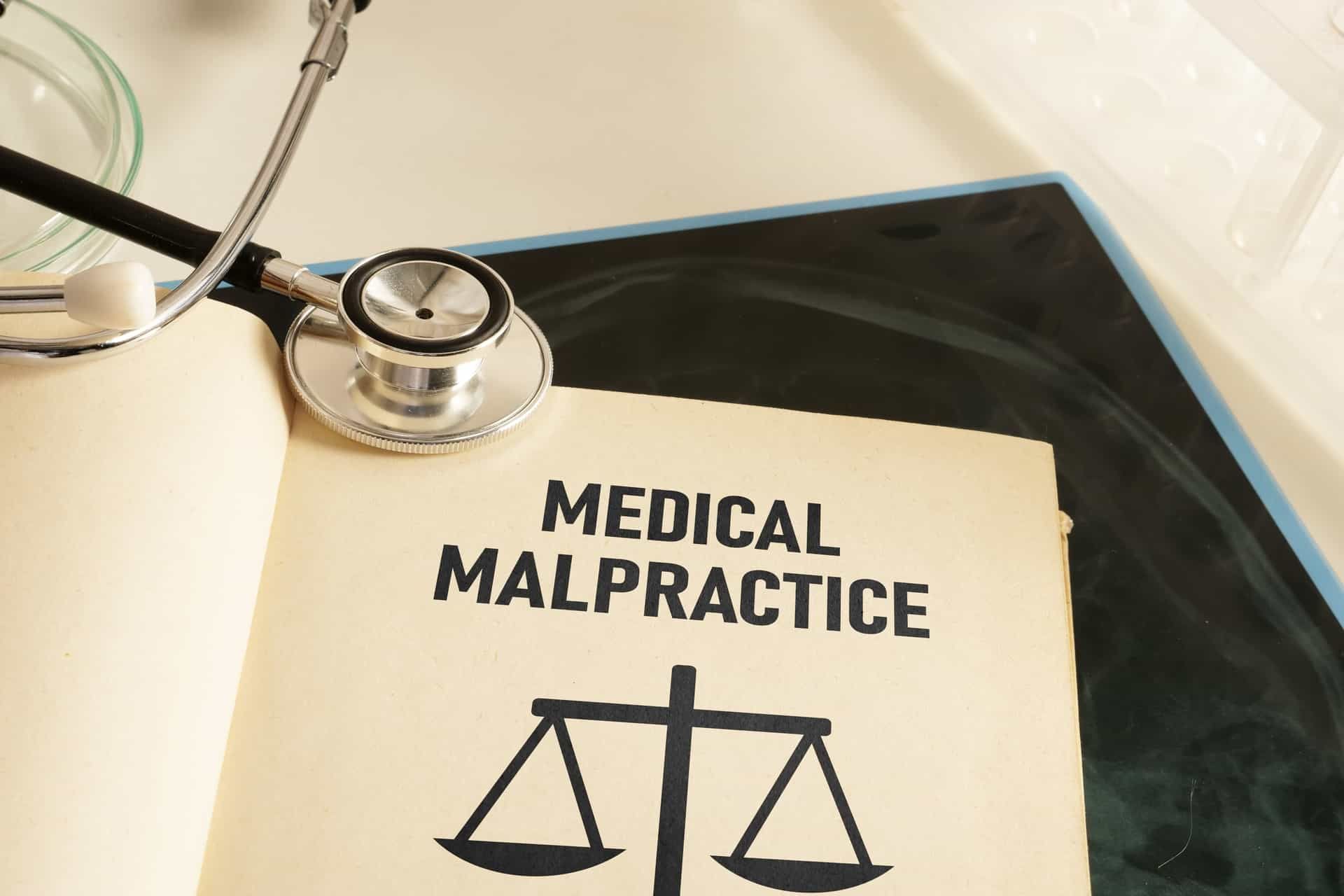Medical Diagnosis Error Insurance: Essential Protection for Healthcare Professionals
Medical diagnosis is one of the most critical aspects of healthcare delivery, yet it remains one of the most challenging and error-prone areas of medical practice. When diagnostic errors occur, the consequences can be devastating for patients and financially catastrophic for healthcare providers. Medical diagnosis error insurance provides essential protection against the significant liability risks associated with misdiagnosis, delayed diagnosis, and failure to diagnose conditions.
Understanding Medical Diagnosis Errors
Medical diagnosis errors encompass a broad range of situations where healthcare professionals fail to correctly identify a patient's condition. These errors can manifest as complete misdiagnosis, where the wrong condition is identified; delayed diagnosis, where the correct diagnosis is reached too late to prevent harm; or missed diagnosis, where a condition goes entirely undetected.
The complexity of modern medicine, time pressures in healthcare settings, and the inherent uncertainty in many medical conditions contribute to diagnostic errors. Studies suggest that diagnostic errors affect millions of patients annually, making this one of the most significant areas of medical malpractice liability.
Types of Diagnostic Errors Covered
Medical diagnosis error insurance typically covers various forms of diagnostic mistakes. Misdiagnosis occurs when a healthcare provider incorrectly identifies a patient's condition, leading to inappropriate treatment that may cause harm. Delayed diagnosis involves situations where the correct diagnosis is eventually reached, but the delay results in patient harm or worsened outcomes.
Failure to diagnose represents cases where medical conditions go completely undetected, often with serious consequences for patient health. The insurance also covers errors in differential diagnosis, where healthcare providers fail to consider all possible conditions that could explain a patient's symptoms.
Common High-Risk Scenarios
Certain medical specialties and situations carry higher risks for diagnostic errors. Emergency medicine presents particular challenges due to time pressures and the need to make rapid decisions with limited information. Cancer diagnosis represents another high-risk area, where delayed or missed diagnosis can have life-threatening consequences.
Cardiovascular conditions, particularly heart attacks and strokes, are frequently involved in diagnostic error claims due to their time-sensitive nature and potentially fatal outcomes. Infectious diseases, especially those with non-specific symptoms, also present significant diagnostic challenges.
Radiology and pathology services face unique risks, as errors in interpreting imaging studies or laboratory results can cascade into diagnostic mistakes by treating physicians. Mental health diagnoses also carry risks, particularly when underlying medical conditions are missed or when psychiatric symptoms mask physical illnesses.
Coverage Components and Benefits
Medical diagnosis error insurance provides comprehensive protection against the financial consequences of diagnostic mistakes. Professional liability coverage forms the core of this protection, covering legal defense costs, settlement payments, and judgment awards resulting from diagnostic error claims.
The insurance typically includes coverage for both economic and non-economic damages. Economic damages encompass medical expenses, lost wages, and other quantifiable financial losses resulting from diagnostic errors. Non-economic damages cover pain and suffering, emotional distress, and loss of quality of life.
Legal defense coverage is particularly valuable, as medical malpractice cases involving diagnostic errors can be complex and expensive to defend. The insurance covers attorney fees, expert witness costs, court fees, and other litigation expenses, regardless of the case outcome.
Risk Management and Prevention
While insurance provides financial protection, implementing robust risk management strategies is essential for preventing diagnostic errors. Effective communication between healthcare providers and patients is crucial, ensuring that patients feel comfortable reporting all symptoms and concerns.
Systematic approaches to diagnosis, including the use of clinical decision support tools and diagnostic checklists, can help reduce error rates. Regular case reviews and learning from diagnostic mistakes, both within individual practices and through broader healthcare systems, contribute to improved diagnostic accuracy.
Continuing medical education focused on diagnostic skills, staying current with medical literature, and participating in quality improvement initiatives all play important roles in reducing diagnostic error risks.
Claims Process and Support
When diagnostic error claims arise, having proper insurance coverage ensures access to experienced legal representation and claims management support. Insurance providers typically work with specialized medical malpractice attorneys who understand the complexities of diagnostic error cases.
The claims process usually begins with prompt notification to the insurance carrier when a potential claim is identified. Early involvement of the insurance company's claims team can help ensure proper case management and potentially minimize exposure.
Many insurance policies also provide access to risk management resources and educational programs designed to help healthcare providers improve their diagnostic practices and reduce future claim risks.
Choosing Appropriate Coverage
Selecting the right medical diagnosis error insurance requires careful consideration of individual practice characteristics and risk factors. Healthcare providers should evaluate their specialty, patient population, practice setting, and historical claim patterns when determining coverage needs.
Coverage limits should be sufficient to protect against potential claim values in the provider's geographic area and specialty. Many providers opt for occurrence-based policies that provide lifetime coverage for incidents that occur during the policy period, regardless of when claims are filed.
The insurance carrier's reputation, financial stability, and experience in handling medical malpractice claims are important selection criteria. Providers should also consider the availability of risk management resources and educational programs offered by potential insurers.
Cost Considerations and Value
Medical diagnosis error insurance premiums vary based on numerous factors including medical specialty, geographic location, claims history, and coverage limits. While the cost may seem significant, it represents a small fraction of the potential financial exposure from a single diagnostic error claim.
The value of this insurance extends beyond financial protection to include peace of mind and the ability to practice medicine without constant fear of litigation. Many healthcare providers find that having comprehensive coverage allows them to focus on patient care rather than liability concerns.
Group purchasing arrangements and professional association programs may offer cost advantages for some providers. It's important to balance premium costs with coverage adequacy and insurer quality when making coverage decisions.
Regulatory and Legal Considerations
Healthcare providers must understand their legal obligations regarding diagnostic accuracy and the standard of care expected in their specialty and jurisdiction. Medical diagnosis error insurance should align with these legal requirements and provide adequate protection against potential liability.
Some states have specific requirements or limitations regarding medical malpractice insurance, including minimum coverage amounts or restrictions on policy terms. Providers should ensure their coverage complies with all applicable regulations.
The legal landscape surrounding diagnostic errors continues to evolve, with courts increasingly recognizing the complexity of diagnosis and the need for reasonable standards rather than perfection. However, this evolution doesn't diminish the importance of maintaining adequate insurance protection.
Future Considerations
The healthcare industry continues to evolve with new technologies, treatment modalities, and diagnostic tools. Medical diagnosis error insurance must adapt to these changes, providing coverage for emerging risks while maintaining protection for traditional diagnostic challenges.
Artificial intelligence and machine learning tools are increasingly being integrated into diagnostic processes, potentially reducing some types of errors while creating new liability questions. Insurance coverage should evolve to address these technological developments.
Telemedicine and remote diagnosis capabilities have expanded significantly, creating new diagnostic error risks that must be addressed through appropriate insurance coverage. Providers engaging in these activities should ensure their coverage extends to remote diagnostic services.
Conclusion
Medical diagnosis error insurance represents an essential component of comprehensive professional liability protection for healthcare providers. The complex nature of medical diagnosis, combined with the significant financial and professional consequences of diagnostic errors, makes this coverage indispensable for medical professionals across all specialties.
By understanding the scope of coverage, implementing effective risk management strategies, and selecting appropriate insurance protection, healthcare providers can practice with confidence while ensuring they're protected against the inevitable uncertainties of medical diagnosis. The investment in comprehensive diagnostic error insurance provides not only financial security but also the peace of mind necessary for effective patient care.
Healthcare providers should work with experienced insurance professionals and legal advisors to ensure their diagnostic error coverage meets their specific needs and provides adequate protection for their practice circumstances. Regular review and updates of coverage ensure continued protection as practices evolve and grow.


 0330 127 2333
0330 127 2333
